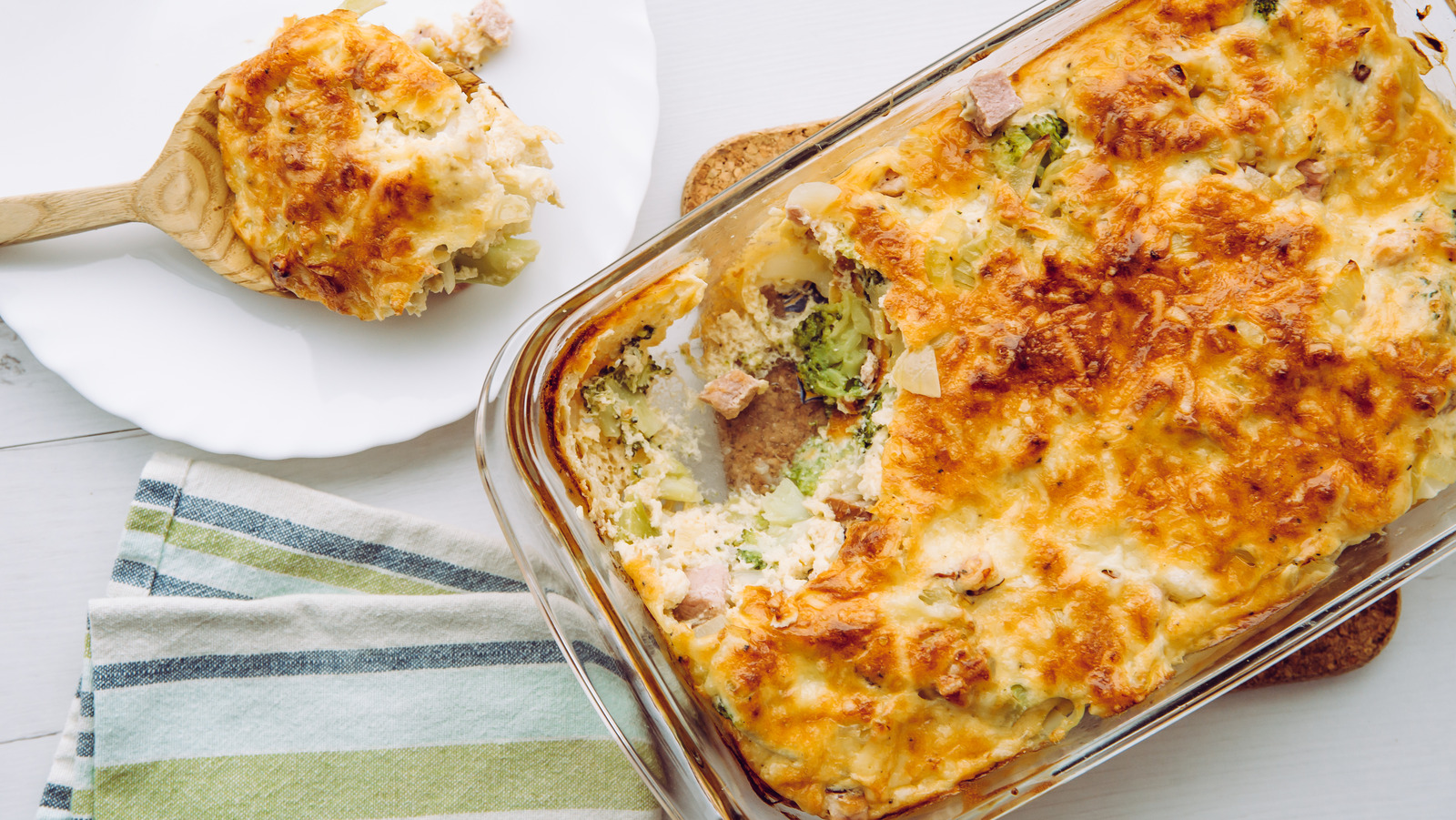It's happened to many a home cook. You arrange your casserole in a beautiful glass dish for cooking, perfect for taking straight from the oven to the dining table with no need for extra serving-ware. But when the timer goes off and you open the oven, the chicken is overcooked or the breading is underdone.
It doesn't make any sense, though you followed the recipe exactly. So you start scouring through the cookbook for mistakes or examining your oven for flaws (or maybe you just give up and order pizza). Most likely, though, it isn't a matter of technical malfunction or even human error.

The problem was your glassware. Truth be told, it isn't really a problem. Glass cookware, like , is quite a useful cooking tool.
You can see through it to check for crispiness, it has natural nonstick qualities, and it won't react to acidic foods like tomatoes or lemon. But it does require some adjustment in method. If you're cooking with glassware, the general rule of thumb is that you should lower the prescribed oven temperature by 25 degrees Fahrenheit.
Taking conduction and insulation into account Baking instructions tend to assume metal, which is a conductor of heat, whereas glass is an insulator. This means that glass will take a longer time to heat up than metal, but once it gets up to temperature, it stays hot for longer. So lowering the oven's temperature by 25 degrees Fahrenheit will lead to more accurate baking; some experts also suggest extending the bake time by about 10 minutes.
G.
















